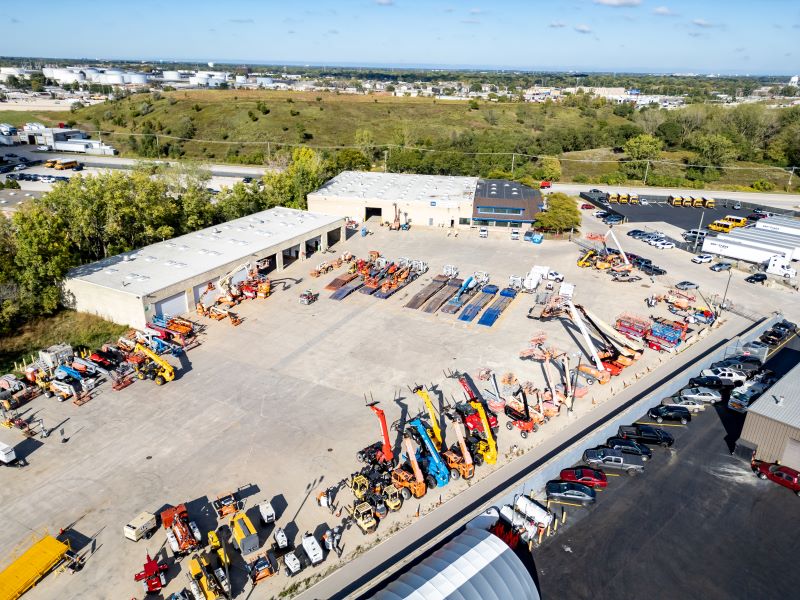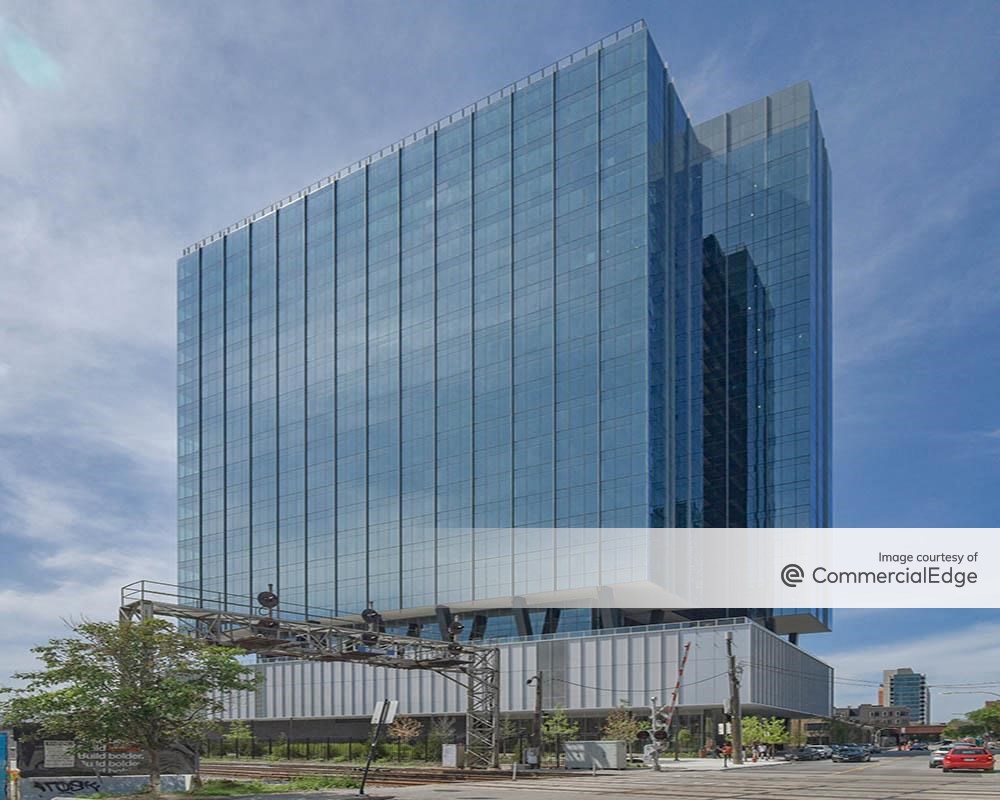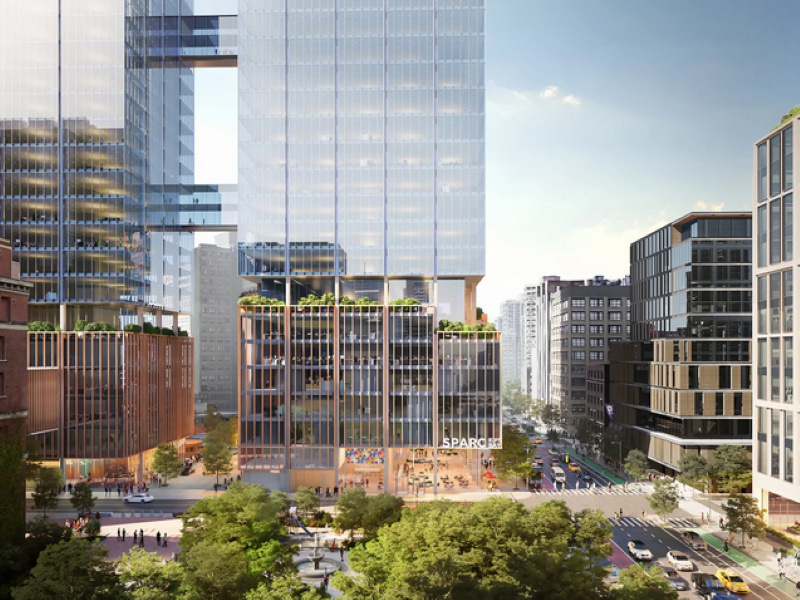The Gospel of Container-Based Modular Design
As modular design is becoming an important part of today's real estate development landscape, SG Blocks discusses the changes it brings to the building process and how it achieved trend status.
By Corina Stef
While architects have foreseen the rise of container-based modular design for a while now, it’s only recently that developers have started putting the concept into practice. The commercial real estate business is becoming more and more environmentally conscious and specialists agreed on one thing—it’s time to start building smarter and greener. Today, an increasing number of developers turn to alternative construction methods, leaving costly traditional ways behind.
SG Blocks, founded more than a decade ago, is a pioneer in container-based design and development. Its client portfolio includes big names such as Taco Bell, Starbucks, Lacoste, Marriott and Puma as well the U.S. Military. SG Blocks CEO Paul Galvin shared his thoughts on how containers are disrupting the traditional building process, the perks of modular design and the firm’s most recent partnership with Grimshaw Architects.
Despite not being a brand new concept, modular construction has become widely popular only in recent years. Why is that?
Galvin: There are two main reasons for its rise in popularity. The technology involved in modular construction is much better than it’s ever been, having improved significantly in recent years. Additionally, the fact that traditional construction continues to rise in price and drop in quality has presented the opportunity for this concept to gain market share. Containers are increasingly popular as they are the most precise form of this type of construction and certainly the greenest.
What are the advantages and challenges of container-based design?
Galvin: The advantages are abundant. You get a safer building that is precisely built in roughly half the time all while being sustainable, recycled and environmentally appropriate. The challenge involves educating developers and the design community about the variety of benefits derived from the modular building system. Each day we spend evangelizing real estate professionals about our truly disruptive technology.
Will this trend become a larger part of the development landscape going forward?
Galvin: There is clear evidence that modular construction is going to be the disruptive force in the construction industry. We believe that SG Blocks and container-based modular is going to be the most successful of all modular products because they are highly engineered, always intermodal and innately stackable.
How does SG Blocks’ building process look like?
Galvin: It is organized, consistent and sequential, flowing through design, permitting, manufacturing, installation and final building button-up.
What is the most memorable project you’ve worked on?
Galvin: The most memorable project is our collaboration with the Heart of Los Angeles (HOLA). SG Blocks has been engaged to design, build and deliver a nearly 24,000-square-foot arts and recreation center community. We are utilizing 46 modified shipping containers and four steel-frame modular units. HOLA offers underserved children exceptional programs in arts, academics and athletics in a nurturing environment.

The organization currently serves more than 2,300 children and families and this project will expand its capacity by 74 percent. There are currently 300 families on the waiting list and they will be serviced once the center is open. We are proud to be working on a project that will have such an immersive impact on the local community.
What are SG Blocks’ short- and long-term future plans, considering the latest partnership with Grimshaw Architects?
Galvin: Our joint strategy with Grimshaw involves including SG Blocks’ product offerings to the Grimshaw portfolio of clients. We will make Grimshaw’s progressive design services available to all of our clients and in conjunction with them, we hope to bring modular design to new heights.
Image courtesy of SG Blocks








You must be logged in to post a comment.